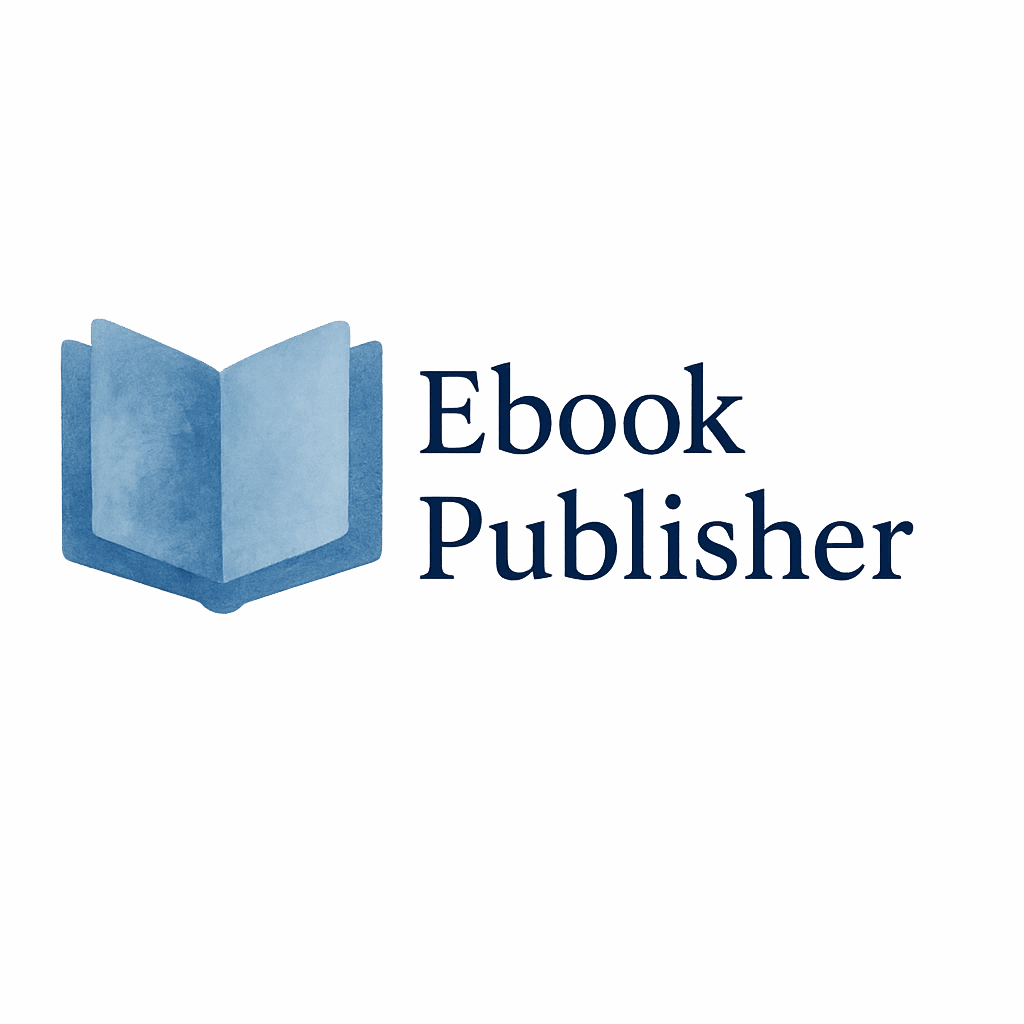Introduction
Let’s face it—writing an ebook takes effort, time, and brainpower. So, once your digital baby is ready to hit the shelves, why not make sure you’re selling it where it earns the most money?
In this article, we’ll explore the 5 ebook marketplaces that pay the most—not just in terms of royalties, but also visibility, support, and long-term author success. So grab your coffee, and let’s dive into the platforms that could change your publishing game.
Why Choosing the Right Ebook Marketplace Matters
Picking the right marketplace isn’t just about uploading and waiting. It can make or break your ebook success. Here’s why:
Royalties & Revenue Splits
Different platforms offer different payout structures. Some offer up to 70% royalties, while others take bigger cuts. Understanding this is key to maximizing your profits.
Visibility & Audience Reach
A marketplace with millions of users gives your ebook more exposure. It’s not just about being published—it’s about being found.
Tools & Marketing Support
From ebook marketing options to built-in promotions, each platform has its perks. Some offer tools for author branding, pricing promotions, and global distribution.
To learn more about the publishing process, check out ebook publishing basics.
How We Evaluated These Ebook Marketplaces
We used three core factors to assess each platform:
Payment Structure
What’s the royalty rate? Are there hidden fees or thresholds?
Author Support
Does the platform offer tools for ebook creation, editing, and marketing?
Traffic & Exposure Potential
How many users visit the platform? Is it optimized for discoverability?
Now, let’s break down the top 5 ebook marketplaces that pay the most.
1. Amazon Kindle Direct Publishing (KDP)
Overview
You can’t talk ebooks without talking Amazon KDP. It’s the giant in the ebook world, with access to millions of readers across the globe.
How Much Does KDP Pay?
- 70% royalties on ebooks priced between $2.99 and $9.99
- 35% royalties on books priced outside that range or sold in specific regions
KDP also offers KDP Select, where you can earn from Kindle Unlimited reads—essentially, subscription-based income.
Learn more on increasing revenue at ebook monetization.
Pros & Cons
Pros
- Massive reach via Amazon
- High royalty potential
- Access to Kindle Unlimited
- Tools for promotions and reports
Cons
- KDP Select requires exclusivity
- Algorithm changes can affect visibility
For beginners, check out this guide: beginner tips
2. Apple Books for Authors
Overview
Apple Books offers a polished, premium storefront experience. And their royalty policy? Super author-friendly.
Payment System
- 70% flat royalty rate—no price cap!
- No additional delivery fees
Apple’s readers tend to spend more, especially on non-fiction and educational ebooks.
Strengths and Weaknesses
- Great metadata and pricing tools
- Highly curated store (which means more quality control)
- Smaller reach compared to Amazon but more loyal audience
Want to refine your brand for Apple Books? Dive into author branding.
3. Kobo Writing Life
What Makes Kobo Stand Out?
Kobo is HUGE in Canada, parts of Europe, and Asia. And they’re also partnered with libraries via OverDrive.
Royalties Explained
- 70% royalty on books priced $2.99–$9.99
- 45% outside that range
Distribution Benefits
- Global exposure
- Integration with libraries (awesome for long-term passive income)
- No exclusivity requirement
Also, check out the tools Kobo offers in ebook publishing tools.

4. Google Play Books
Huge User Base, Modest Cuts
Google Play has billions of users. That’s a serious audience!
Tools for Authors
- Royalty rates around 52–70%, but subject to Google discounts
- Offers ebook previews in search results (great for SEO!)
- Integration with Google Books helps with discoverability
Some authors struggle with pricing flexibility due to Google’s discounting policy—but it’s still a top-paying marketplace overall.
5. Smashwords (Now Draft2Digital)
Why Choose Smashwords?
Smashwords recently merged with Draft2Digital. Together, they’re a powerhouse of ebook distribution.
Royalties, Reach & Distribution
- Up to 80-85% of net sales (varies by distributor)
- Wide distribution to Apple, Barnes & Noble, libraries, and more
- No upfront cost or exclusivity required
Use this to reach niche stores and markets. Ideal for indie authors trying to scale.
Explore common pitfalls here: ebook issues
Bonus Mention: Sell Directly via Your Website
Why share royalties at all? You can sell ebooks direct-to-consumer using tools like:
Tools You Can Use
- Payhip
- Gumroad
- WooCommerce + WordPress
Full Revenue Control
You keep 100% of profits (minus payment processor fees), and build your email list at the same time.
Pro tip: Avoid these marketing flaws when going direct.
Tips to Maximize Earnings on Ebook Marketplaces
Okay, so you’ve chosen your platforms. Now, let’s make the most of them.
Pricing Strategy
Test different price points. Often, $2.99–$4.99 hits the sweet spot for royalties and conversions.
Use Metadata Smartly
Think keywords, categories, and tags. Use tools like Publisher Rocket or Google Keyword Planner.
Check out this helpful resource on ebook sales.
Optimize Cover & Descriptions
A professional cover = more clicks. A compelling description = more sales.
Want inspiration? Explore ebook inspiration
Final Thoughts
The world of digital publishing is booming—and the right marketplace can make all the difference. Whether you’re starting with Amazon KDP or exploring platforms like Smashwords or Apple Books, always prioritize high royalty rates, great tools, and global reach.
If you’re just getting started, don’t forget to bookmark these resources:
Remember, you don’t have to publish everywhere—just smartly.
FAQs
1. What ebook marketplace pays authors the most?
Amazon KDP usually leads in total revenue thanks to its massive customer base and up to 70% royalties.
2. Can I publish on multiple marketplaces at once?
Yes, unless you enroll in exclusivity programs like KDP Select.
3. Is it worth selling ebooks directly from my own website?
Absolutely! You get 100% of the revenue and build a loyal reader base.
4. What’s the best platform for beginners?
Amazon KDP and Draft2Digital are very user-friendly for beginners.
5. How do I track ebook sales across platforms?
Most marketplaces offer dashboards, and tools like Book Report or PublishDrive Analytics can help too.
6. What is a good royalty percentage to aim for?
Aim for 70% where possible. But also factor in visibility and marketing tools.
7. Do I need an ISBN to publish an ebook?
Some platforms require it, others like Amazon KDP do not. Learn more in getting started.


